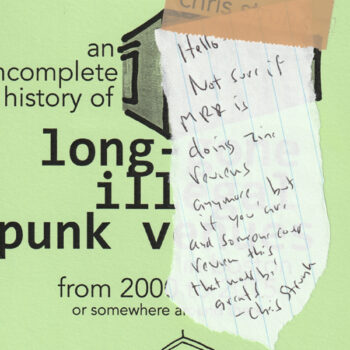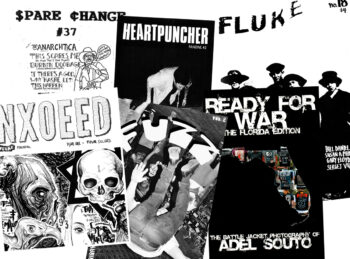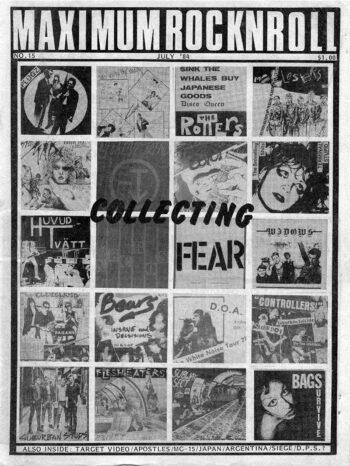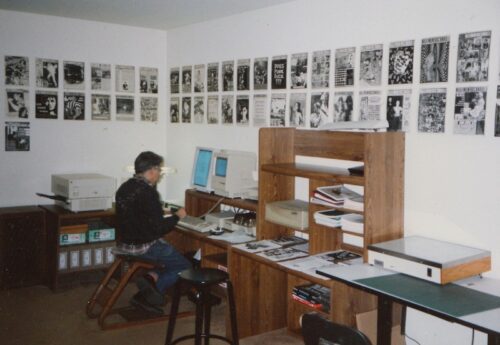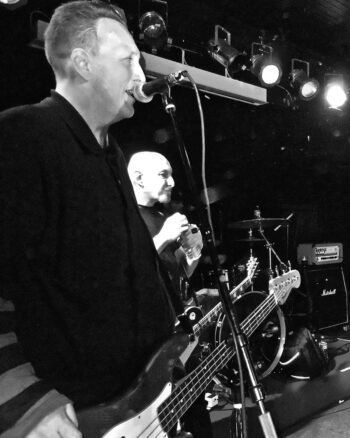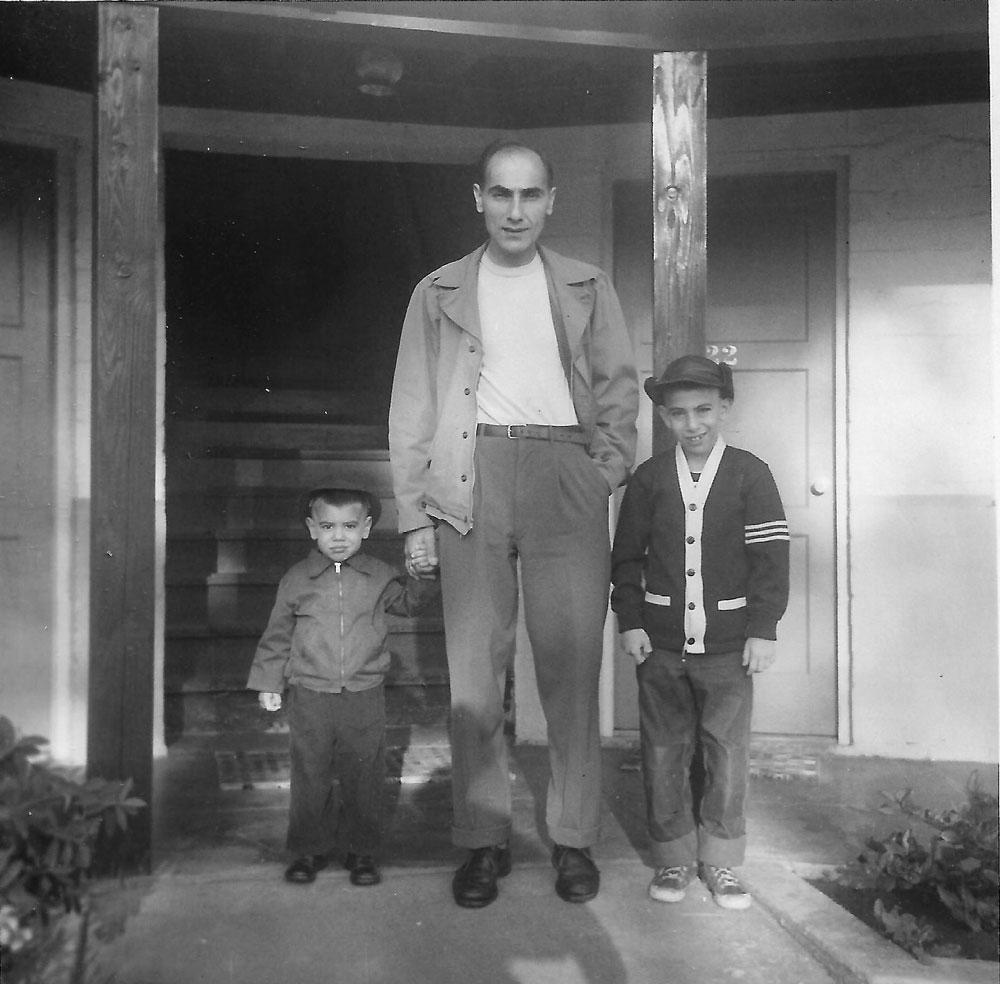The MRR archive project:
Maximum Rocknroll #3 “¢ Nov-Dec 1982
Next in our MRR Archives series, in celebration of our 30th Anniversary: Maximum Rocknroll issue #3 (download available in our webstore soon). We posed a few questions about this issue to Steve Spinali, MRR shitworker since issue #1 and still with MRR to this day! Never one to look back or rest on his laurels, Steve is always looking forward to the next great record (or film!) so it’s hard to get him to reminisce about the olden days. We are honored that he indulged us for this project. Cheers, Steve!

MRR: When you look at Maximum Rocknroll issue #3, does anything strike you as being particularly outdated?
Steve Spinali: The price is sure outdated. The cover price was $1 in 1982, and it actually looked more like a fanzine than a mag. In MRR #3, there were only six-odd pages of record reviews — and everyone took pains to keep the length of the reviews to a minimum, around fifty words each. Cut and paste was exactly that: manually cutting the reviews on a contact sheet and “pasting” it in place. The technology may have seemed modern at the time (MRR started out with a Mac Plus), but MRR’s current standard of desktop publishing is a different standard. In 1982, you couldn’t read it without a magnifying glass.
Does anything in it strike you as “timeless”?
I’m not sure if “timeless” applies to punk rock, or pop music in general. Tim Yohannan made the remark himself, saying how the RAMONES sounded so radical when they first came out. Now, you can hear “Blitzkrieg Bop” at San Francisco Giants baseball games.
For me, the years 1963 through 1965 were the truly timeless period in pop music. Surf, soul, R’n’B, pop, and easy listening shared the charts. Flip on a transistor radio —and all the songs were great, for hours on end.
How do you feel about the reviews you wrote, and would you say anything different about those records today?
Tim had an approach to record reviewing that made a lot of sense. Most reviews were limited to forty or fifty words – mainly because there was a limited amount of space on the page. And that fit in with MRR‘s philosophy toward punk and HC. The review of TERVEET KÄDET’s Aaereton Joulu was as short as the songs on the record.
Even if I had the chance, I wouldn’t want to change any reviews. They’re just one person’s opinion, and that opinion is just as valid as anyone’s. If you don’t like the reviews, why are you reading MRR in the first place? Aside from which, the mag has always tried to match records with specific reviewer’s likes and interests.
How did you feel about the politics in the magazine at this time (and as time went on)?
That’s kind of a trick question. Everybody in MRR, myself included, probably had a similar political idealism, with a lot of wiggle room for a persons point of view. Given broad limits, MRR staffers seem to agree on general points. The politics in MRR has always had a general anti-establishment feeling, tempered with real-life experiences.
You’re not going to find too many budding Young Republicans on MRR, who spend their spare time watching Hannity or O’Reilly.
Did reading this issue bring back any memories?
MRR sponsored a gig with Reno’s WRECKS — one of the funniest shows I’ve ever seen. Issue #3 featured an interview with Bess from the band. They’d just broken up.
I don’t have a very good question here but — damn, how ’bout that Finland scene report?!
That was an early, stab-in-the-dark attempt at Finnish HC. Voitto [aka Vote] Vasko did his best with the material, but realize — entire books have written on this subject (in Finnish, of course). I don’t think you can cover Finnish HC in four, graphic-intensive pages.
Ah, here’s a question — did you have any notion that the Finnish scene would become so revered over time. Or any of the punk from this era for that matter?
There was band named POIKKEUS. Their 2003 debut was a crust classic. It had a Finnish sleeve, and a HC style that recalls ’83 KAAOS. Except they were a Japanese band, which gives you a feeling how influential Finnish hardcore is. The language is perfectly suited for HC; Finnish HC had a special sound — messy, loud, and basic. It’s the kind of music that anybody with a guitar could play. You didn’t need to know the lyrics, since the meaning came across anyway.
Which punk from this period mattered the most to you?
CRASS had a political attitude that forced you to reevaluate things. (Tim and Jeff reviewed How Does It Feel? for issue #3.) It’s one thing to have personal politics, but with CRASS, the issues were more concise and detailed. People are still releasing singles that have that iconic CRASS artwork, and that spirit of protest is a part of what makes MRR what it is.
PDF download of MRR #3 will be available soon in the MRR Webstore!
Read more of our MRR Archives series here.


